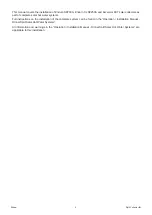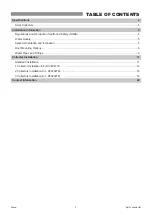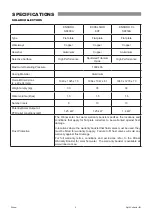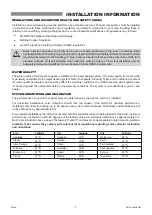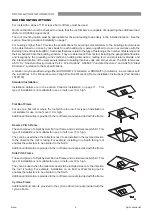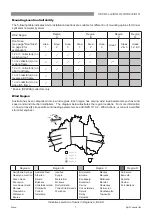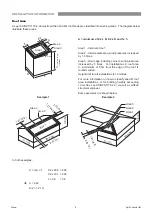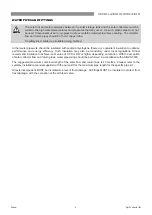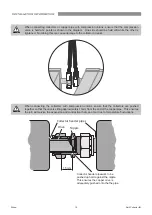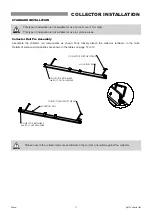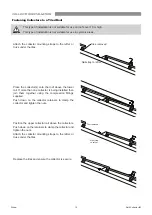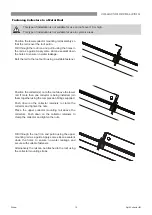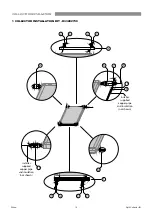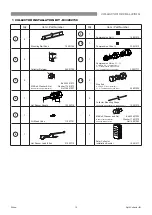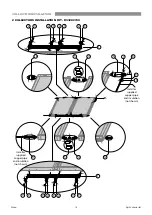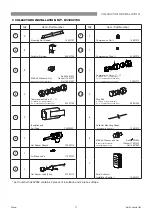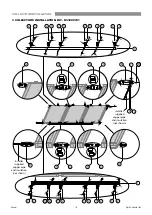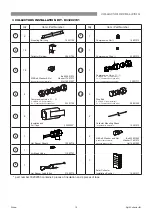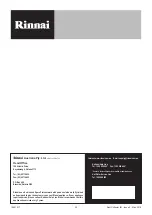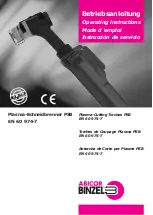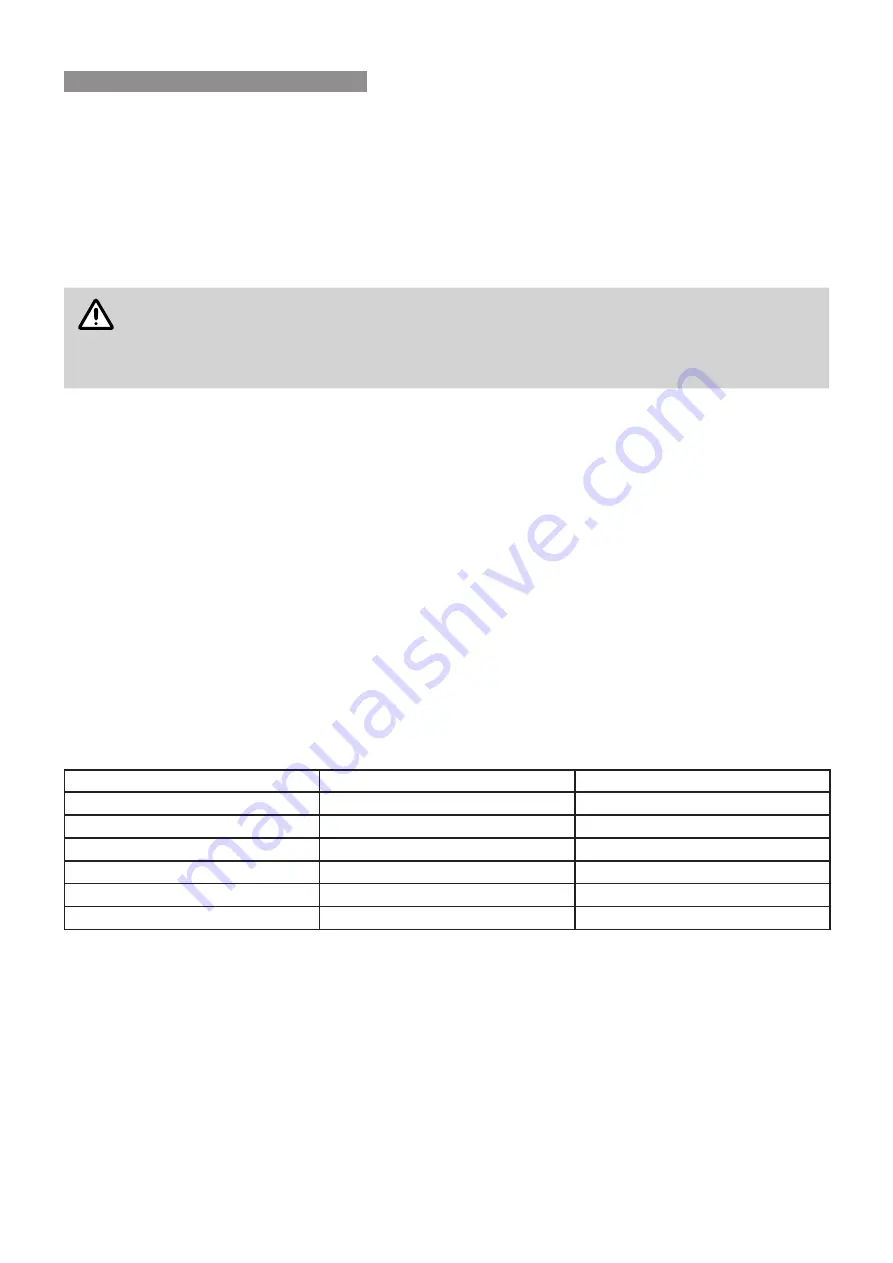
INSTALLATION INFORMATION
Rinnai
5
Split Collector IM
REGULATIONS AND OCCUPATION HEALTH AND SAFETY (OH&S)
Installation and commissioning must be performed by authorised persons. Rinnai solar systems must be installed
in accordance with these instructions and all regulatory requirements which exist in your area including those in
relation to manual lifting, working at heights and on roofs. Applicable publications and regulations may include:
•
AS/NZS 3500 National Plumbing and Drainage
•
Building Codes of Australia
•
Local Occupational Health and Safety (OH&S) regulations
WARNING
Solar collectors are heavy and bulky items and are usually positioned on the roofs of buildings. Each
Australian State and Territory has a principal Occupational Health and Safety (OH&S) Act which contains
requirements relating to the handling of large, bulky or awkward items and the prevention of falls from
elevated surfaces. Persons installing solar collectors must be aware of their responsibilities and be
adequately trained and qualified, in accordance with local OH&S requirements.
WATER QUALITY
The water quality of most public supplies is suitable for the water heating system. The water quality from bore wells
is generally unsuitable for the water heating system. Refer to separate ‘Warranty Terms and Conditions’ document
for water quality parameters and how they affect the warranty conditions. If in doubt about the water quality, have
it checked against the parameters listed in the warranty conditions. The system is not suitable as a pool or spa
heater.
SYSTEM ORIENTATION AND INCLINATION
The performance of any solar hot water system is determined by the way the system is installed.
For Australian installations, solar collectors should face the equator (True North) for optimum performance.
Installing solar collectors facing up to 45 degrees away from North (between North-East and North-West) will
reduce efficiency by approximately 5%.
For Australian installations the inclination of solar collectors should be the same as the latitude of the site for optimum
performance. Inclinations within 20 degrees of the latitude of the site will reduce efficiency by approximately 5%.
Most roofs in Australia have a slope of between 20° and 25° and provide an appropriately angled mounting surface.
Installersmustensuretheycomplywithrelevantlocalregulationsregardingsolarcollectorinclination
andorientation.
City
Latitude
City
Latitude
City
Latitude
Adelaide
35
°S
Canberra
35
°S
Melbourne
38
°S
Albany
35
°S
Darwin
12
°S
Perth
32
°S
Alice Springs
24
°S
Dubbo
32
°S
Port Hedland
20
°S
Brisbane
27
°S
Geraldton
28
°S
Rockhampton
24
°S
Broken Hill
31
°S
Hobart
42
°S
Sydney
34
°S
Cairns
17
°S
Mildura
34
°S
Townsville
19
°S
Latitudes of Australian Cities


